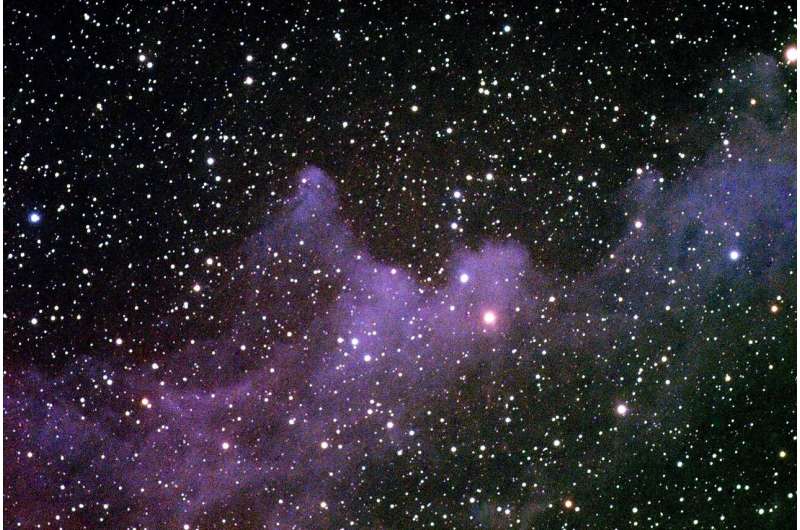Small particles can have big consequences for electronics in space missions

Several space missions planned by the European Space Agency and NASA have their target set on Jupiter and its moons. The extraordinarily harsh radiation environments in the Jovian system will set some strict requirements for the electronics inside the spacecraft. To ensure the proper function of the spacecraft, it is important to understand and quantify the physical mechanisms causing the errors in the electronics, specifically by electrons. In her dissertation at University of Jyväskylä Maris Tali proved that single light particles, like electrons and low energy protons are capable of inducing effects in electronics that are usually not considered.
Modern space missions carry a large amount of highly-integrated electronic devices. One of these missions is the JUICE mission by the European Space Agency (ESA), whose main task is to study the Jovian system and the icy moons of Jupiter. This radiation environment will pose some unique challenges to the mission.
Similarly, high-energy physics experiments often feature environments of extreme radiation. One of these large high-energy accelerators is the Large Hadron Collider at CERN in Geneva, Switzerland. Such accelerators require large amounts of electronics both close to the accelerator ring itself and in nearby shielded alcoves.

"Both the space agencies and the high-energy physics experiments face similar problems when dealing with the harmful effects that radiation poses to electronics. In recent years, the collaboration agreements for example between CERN and ESA are paving the way for tackling these complex problems," says Maris Tali.
Need for speed makes electronics more vulnerable
The technological evolution has steadily increased the density and decreased the size of the transistors in the components. This has made the devices much faster, but the same time more vulnerable to new types and lower amounts of radiation compared to older technologies.
This dissertation concentrates on the effects induced by energetic electrons and low energy protons in modern devices.
"People have only recently started to investigate in detail the electron-induced direct and indirect ionization effects, and their potentially destructive effects for space missions and experiments. Now these effects are considered more seriously, especially for missions like JUICE by ESA," says Tali.
Even single particles need to be considered when designing robust electronics
In this work, irradiation facilities at both CERN and at RADEF in the University of Jyväskylä were used to experimentally characterise the effects. New experimental data gives indications that single light particles, like electrons and low energy protons are capable of inducing effects that are usually not considered. Several device generations and types were studied to underline that the physical mechanisms in the induced errors are similar to those of heavier particles.
"For more effective radiation hardness assurance for these "new types" of particles we need to quantify and understand the mechanisms behind them to avoid costly failures," Tali says.
More information: Single-Event Radiation Effects in Hardened and State-of-the-art Components for Space and High- Energy Accelerator Applications. jyx.jyu.fi/handle/123456789/64284
Provided by University of Jyväskylä





















